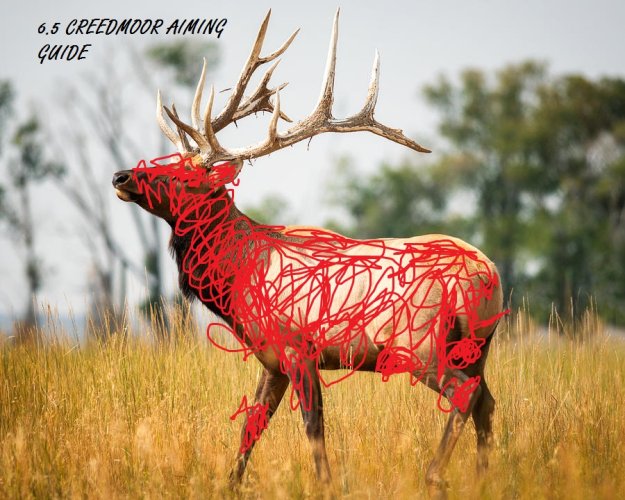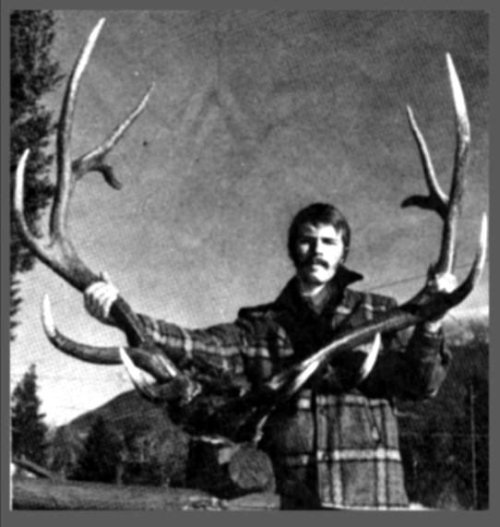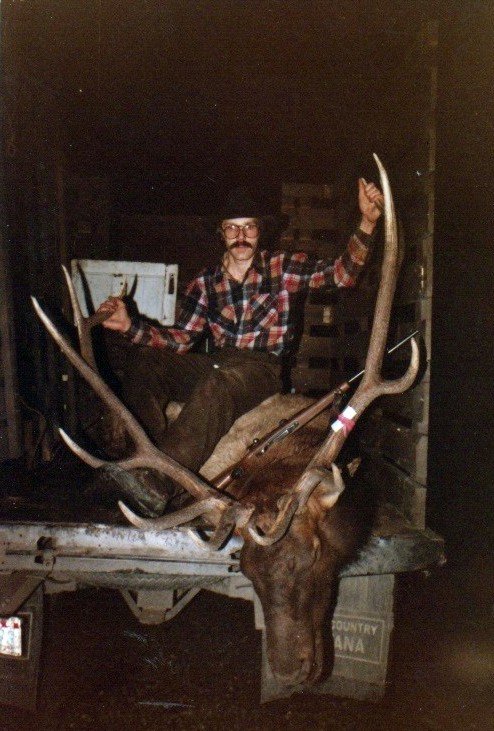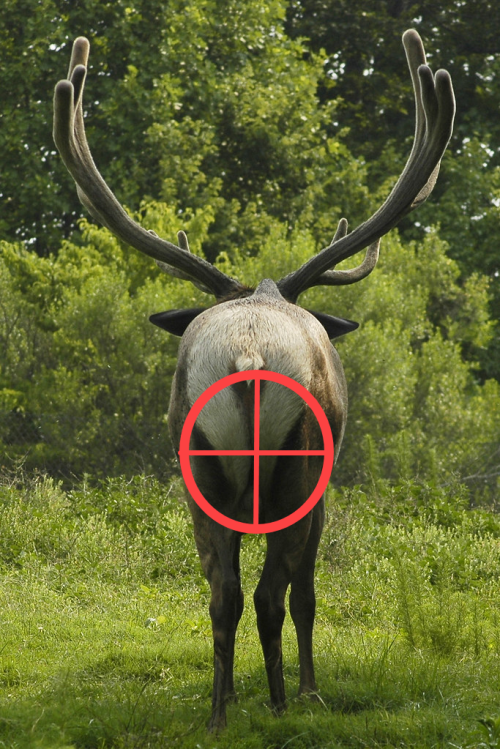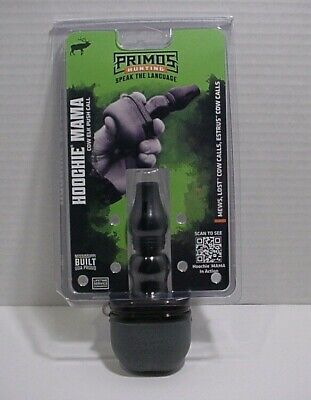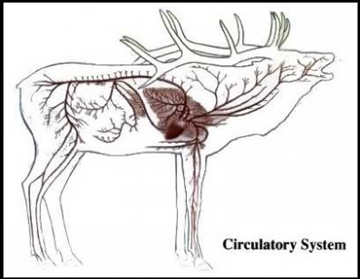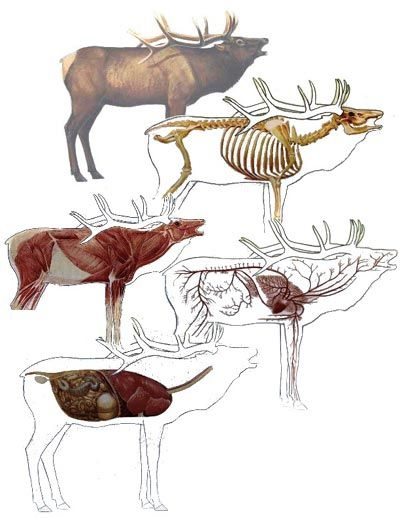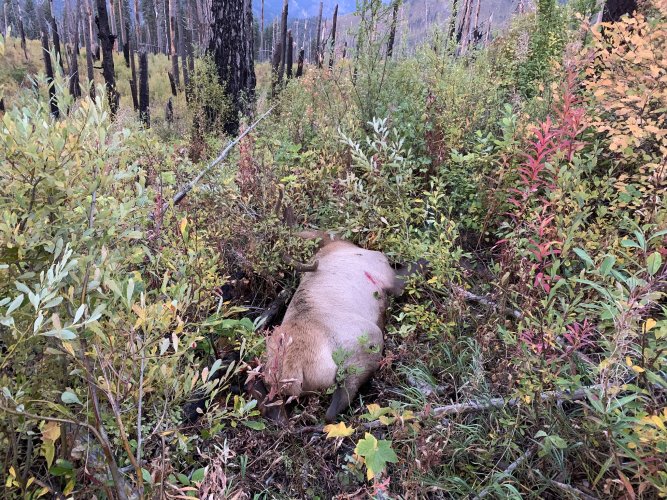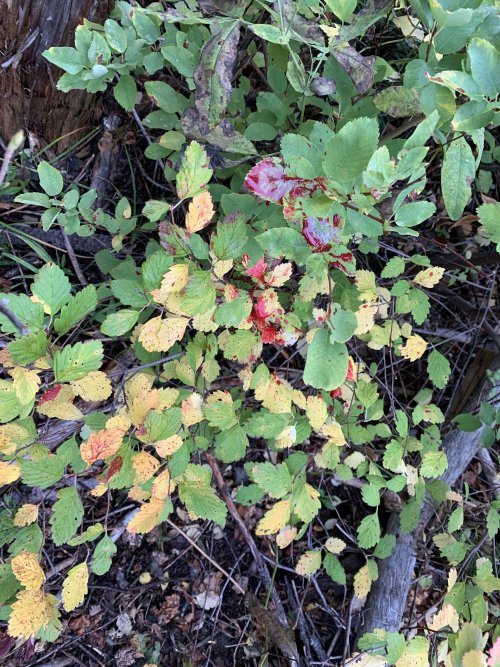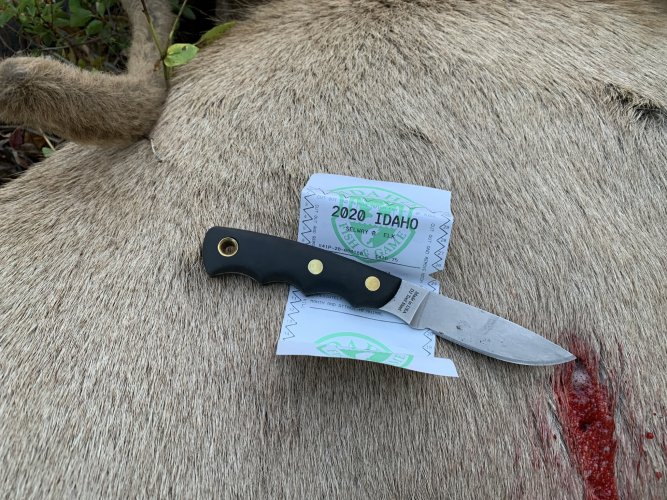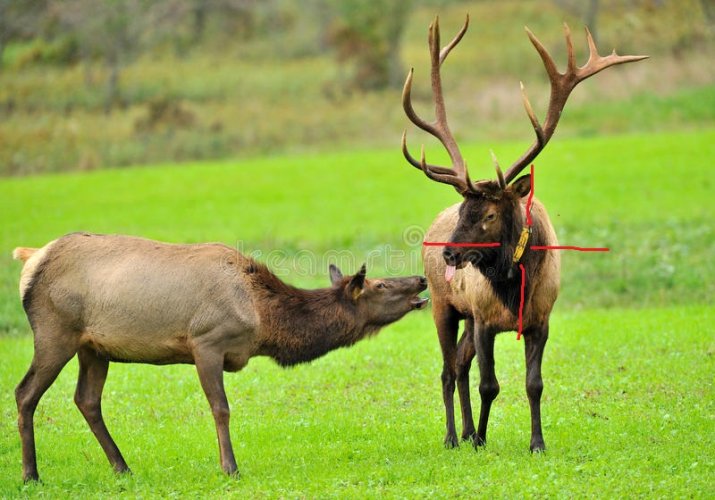Navigation
Install the app
How to install the app on iOS
Follow along with the video below to see how to install our site as a web app on your home screen.
Note: This feature may not be available in some browsers.
More options
You are using an out of date browser. It may not display this or other websites correctly.
You should upgrade or use an alternative browser.
You should upgrade or use an alternative browser.
Forget caliber and bullet, let’s talk shot placement
- Thread starter El Jason
- Start date
Gerald Martin
Well-known member
- Joined
- Jul 3, 2009
- Messages
- 9,416
I guess they realized a lot of newer hunters have questions on where they can expect lethal hits with their Creeds? This is really helpful for my kids.
View attachment 253013
That’s a normal crosshairs pattern after you bail out of the truck and start pulling the trigger at running elk 500 yards away.
#Norrisroadelkhunt.
OntarioHunter
Well-known member
- Joined
- Sep 11, 2020
- Messages
- 5,997
El Jason
Well-known member
I’ve seen this aiming pattern long before the creed.I guess they realized a lot of newer hunters have questions on where they can expect lethal hits with their Creeds? This is really helpful for my kids.
View attachment 253013
El Jason
Well-known member
Bullets do some really weird things from time to time.That’s how my deer presented itself.
I still want to know how it tracked up the hide around the ribs to lay on the back strap. Last time I shot federal pow’r shok.
I wonder if people who bowhunted 1st are more prone to move back??
Yep... well... almost. Rifle hunted first but always made clean kills/recoveries.n The first unrecovered deer came from an archery shoulder shot to far forward, and that stuck with me.
CowboyLeroy
Well-known member
Nek shooter 4 lyfe
Nick87
Well-known member
Nick87
Well-known member
Agreed. I'll take that every time.
D
Deleted member 28227
Guest
noharleyyet
Well-known member
Yep. Helpful for sure! Pay attention to that shoulder. Farther forward than more people realize.
El Jason
Well-known member
Sorry for the shitty finger sketch, but here you go.You need to add the triangle illustration for broadside. I, and I think many, shoot too far back on animals a lot because we think we're seeing the shoulder when there is no bone in that area.
This, of course, referring to using a rifle.
Note, after looking at this again, I’d shift POi about an inch to the rear. Either way, the elk will die quickly.
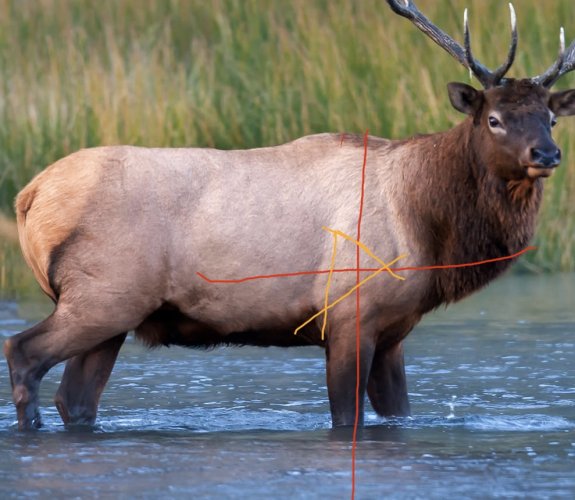
El Jason
Well-known member
westbranch
Well-known member
Good stuff. Having my wife look at these for late season cow elk.
buffybr
Well-known member
All shots pictured will result in a dead elk. Shots 1, 2, and 4 will result in a good amount of meat loss from the shoulder. Been there, done that. My choice is shot 3.It seems we have ad nauseum conversation and debate about what is the best caliber to get a blood trail out of an elk. Followed up by, what is the best bullet to get a blood trail out of an elk.
It’s been my experience over the years that shot placement is far more important than either the heads stamp, or the type of bullet being used in terms of a short recovery on an elk.
In order to find the ideal aiming spot for a fast kill, do the following:
1. imagine a vertical line that is perfectly centered between the two front legs
2 for your horizontal hold imagine the body cavity is divvied up into quarters. Go slightly above 1/4 of the way up that vertical line.
You can go higher than this if you want to, but absolutely do not go above the halfway point of the body. The further away you get from that 1/4 horizontal hold, you are still in double lung territory, but the amount of vasculature is greatly reduced relative to the lower hold. View attachment 252966View attachment 252967View attachment 252968View attachment 252969
Had to explain what a Texas heart shot was to my boss the other day while I was recapping a WT buck I killed a few weeks back.View attachment 252988
Choose your own adventure
No, I didn’t take said shot, obviously. I waited for the doe to lead him back towards me where he turned broadside.
He had never heard the term, and having come from Texas I wasn’t sure how he’d react, but he thought it was hysterical thankfully.
ShootsManyBullets
Well-known member
Mtnhunter1
Well-known member
Similar threads
- Replies
- 3
- Views
- 641
- Replies
- 1
- Views
- 280




